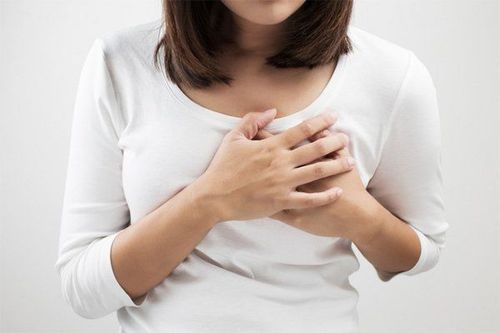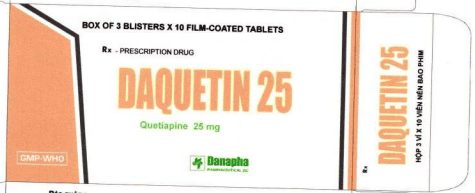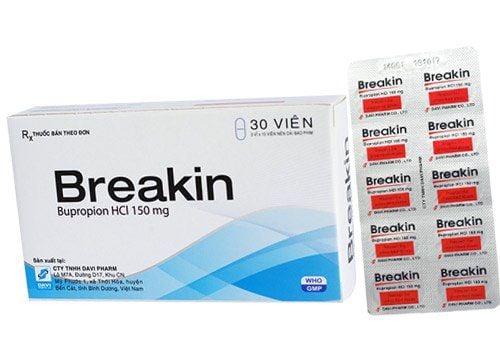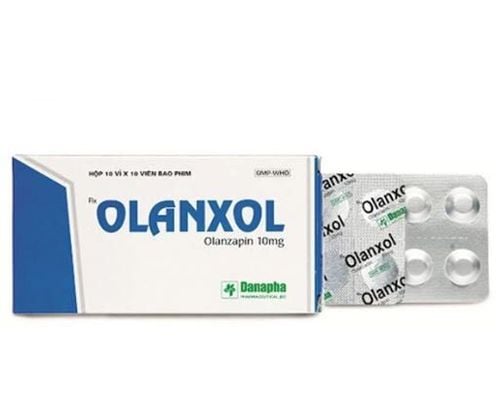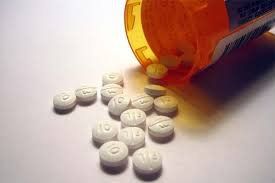This is an automatically translated article.
Bipolar disorder is a mental health disorder that affects approximately 1% of the global population. The prevalence of bipolar affective disorder is about the same in both men and women. It can happen at any age, but it's most common between the ages of 20 and 40.
1. What is bipolar affective disorder?
Bipolar affective disorder is a mental disorder that occurs in the brain, characterized by an unstable emotional change, transitioning from euphoric feelings (manic phase) to inhibitory emotions (manic phase) depressive episodes), are cyclical and alternating.
In fact, it is clinically recognized that women often have a longer period of depression than men, and conversely, the manic phase of men is often longer than that of women. In addition, in women, the repetition of periods occurs more often than in men.
Manic episodes can cause people to harm themselves or others, interfere with their ability to work, study, and family-social relationships.

rên thực tế lâm sàng ghi nhận, phụ nữ thường có giai đoạn trầm cảm kéo dài hơn so với nam giới
2. Classification of bipolar affective disorder
Bipolar affective disorder is divided into the following categories:
Bipolar I disorder: This classification is defined by the presence of at least 1 full manic episode. Patients experience alternating episodes of depression and mania, each of which can last for weeks to months. In some cases, the patient may experience a full episode of depression or a full episode of mania, separated by periods of normalcy. In some cases, depression and mania can be experienced in just one day. Bipolar affective disorder type II: This classification is defined by the presence of predominantly depressive episodes accompanied by at least 1 hypomanic episode but no full manic episode. Unspecified bipolar disorder: These are disorders with clear bipolar features but that do not meet specific criteria for other forms of bipolar disorder. It is estimated that about 1-1.5% of adults will experience bipolar disorder at any time in their lives. The most common type of bipolar affective disorder is bipolar I disorder (Bebbington and Ramana 1995) and prevalence is not different between socioeconomic groups and ethnicities.
More than half of patients with a depressive episode onset of affective illness and at least 80% of patients with a manic episode are more likely to have a relapse.
3. Causes of Bipolar Disorder
The exact cause of bipolar affective disorder is unknown. However, the researchers believe that genetic factors play an important role.
Besides, biochemical imbalances in the brain, especially disorders of Norepinephrine, Serotonin and other substances can also be the cause of the disease. Elevated levels of norepinephrine are associated with mood euphoria and manic states, whereas low levels of norepinephrine lead to depression.
In addition, psychosocial factors, prolonged stress in life may be related factors leading to the initial development of disease symptoms. Certain medications can also cause the onset of severe illness in patients with bipolar disorder such as:
Sympathomimetic drugs: Cocaine, amphetamines Alcohol Antidepressants: Tricyclic antidepressants, MAOIs

Có hơn 1/2 bệnh nhân khởi phát bệnh rối loạn cảm xúc bằng một pha trầm cảm
4. Manifestations of Bipolar Disorder
4.1. Manic episode
A manic episode is defined as ≥ 1 week in which the patient experiences increased mood, persistent excitability, and increased purposeful activity or energy with ≥ 3 of the following symptoms:
Increased self-esteem or exaggeration Reduced sleep Talks more than usual Distracted or fast-paced thinking Easily distracted, however they believe they are at their best. Engaging in too many high-risk activities (excessive shopping, alcohol and drug abuse, promiscuous sex, gambling, dangerous sports, sexual displays). Dress colorfully, brightly, speak at a fast, unstoppable pace. Lack of understanding and increased functioning often leads to intrusive behavior. Disagreement can make patients feel that they are being mistreated. Therefore, the patient becomes a danger to himself or others. 4.2. Hypomania
Less severe variant of mania, which is an episode lasting 4 days with markedly different behavior from the patient's normal range, including 3 of the following symptoms:
Fresh mood Morning need for sleep Decreased psychoactivity Rapidly increased Energy production, increased creativity, self-confidence Distracted, irritable, mood swings
4.3. Depression
Includes ≥ 5 of the following in the same 2 week period, one of which must have low mood or loss of interest/interest:
Low mood Significant decrease in interest interest or enjoyment in all activities Significant weight gain or loss > 5%, decreased or increased appetite Insomnia or excessive sleep Other observed psychomotor agitation or retardation Fatigue, loss of energy Feelings of worthlessness, excessive guilt Impaired ability to think, concentrate, hesitate, indecision Constant thoughts about death, suicide, suicide attempts, or specific suicide plans. 4.4. Mixed
A manic/hypomanic episode is defined with mixed characteristics if ≥ 3 million additional depressive symptoms are present on most days of the episode. This condition is often difficult to diagnose, and the prognosis is often worse than that of manic/hypomanic states. The risk of suicide in the mixed stage is particularly high.
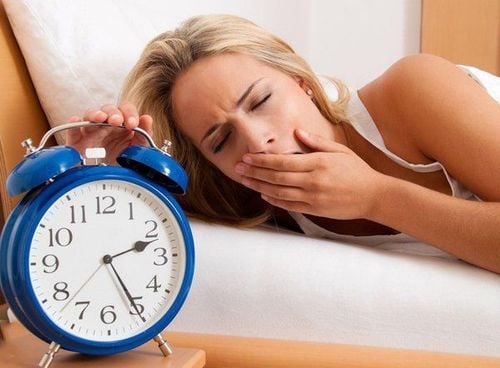
Biểu hiện rối loạn cảm xúc lưỡng cực
5. Does bipolar affective disorder need treatment?
Although most patients presenting with hypomania can be managed on an outpatient basis, severe manic or depressive states require inpatient management.
Currently, there is no specific treatment for bipolar disorder, but the symptoms can be controlled with a combination of medication and psychotherapy.
Medicines are prescribed by doctors depending on the severity of the disease and the patient's ability to respond. After the acute phase of the disease, the patient still has to take medication to maintain stability and prevent recurrence. More specifically, the treatment of bipolar affective disorder is usually divided into 3 phases:
Acute: To stabilize and control the disease and serious conditions, to stop the affective disorder. Continuity: To achieve complete remission Maintenance/prophylaxis: Stabilization of remission. Treatment of bipolar affective disorder depends on presentation and severity, usually using mood stabilizers (lithium, valproate, carbamazepine, lamotrigine) and/or 2nd generation antipsychotics (aripiprazole, lurasidone). , olanzapine, quetiapine, risperidone, ziprasidone).
6. When should a patient with bipolar disorder be hospitalized?
Patient has suicidal ideation and behavior (seen in depressive episode, mixed affective disorder) Patient has dangerous behavior towards people around (seen during manic episode) Patient with psychosis severe emotions Resistant to treatment, forced admission to hospital Drug-resistant emotional disorder (admitted to hospital to perform electric shock) Patient experiences many side effects of medication Patient has many serious underlying medical conditions. Vinmec International General Hospital with a system of modern facilities, medical equipment and a team of experts and doctors with many years of experience in medical examination and treatment, patients can rest assured to visit. and treatment for bipolar disorder at the Hospital.
Please dial HOTLINE for more information or register for an appointment HERE. Download MyVinmec app to make appointments faster and to manage your bookings easily.
MORE
Treatment of Bipolar Disorder What is atypical depression? Recognizing Bipolar Disorder




